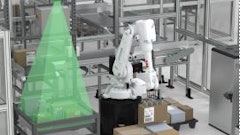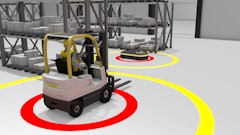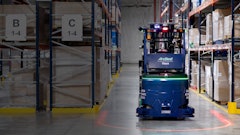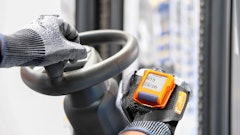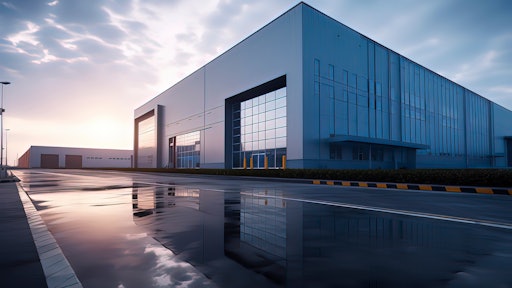
Today, businesses are constantly pressured to optimize their operations. One area often overlooked but critical to operational success is asset management. This is especially true for those working in warehouses, distribution centers, and manufacturing facilities, where shared assets such as scanners, radios and fleet vehicles are essential to ensure smooth workflows. However, traditional methods of monitoring asset usage and preventing loss can be time-consuming and ineffective, resulting in lost productivity, an increased risk of theft and a lack of control over essential assets.
Enter key cabinets and asset management lockers, solutions that provide a more efficient and practical approach to asset management. While many companies still operate with antiquated processes of logging assets in notebooks or online systems, key cabinets and asset management lockers enable a much smoother workflow that significantly reduces valuable time spent retrieving and returning shared assets.
One of the most apparent benefits of key cabinets and asset management lockers is eliminating employee queuing. With these solutions, employees can check out assets using an identification badge, biometrics or pin code, thus reducing wait times and optimizing productivity. Moreover, asset management lockers include software that provides real-time data on who has which asset and where it is, ensuring complete accountability.
Key cabinets and asset lockers also offer fault-logging, meaning that if a worker has an issue with a scanner, for example, they can return it to the system and note the problem at the interface. This workflow permits a manager to remove that asset from circulation and service it quickly, ensuring it is available and in good condition for the following user. Additionally, these lockers have a charging feature for the devices, keeping everything charged and organized, so there's no delay in the workflow.
Another area where key management lockers come in handy is fleet management. In the distribution and logistics sector, maintaining a healthy fleet is critical. The lockers' software can report maintenance issues, ensuring quick and efficient servicing to prevent delays in deliveries and customer service. Managers can monitor all vehicles and ensure equal use to extend their life and reduce wear and tear on the preferred trucks.
Furthermore, key cabinets and asset management lockers are crucial in loss prevention, especially for expensive assets like scanners, radios and vehicles. While it's impossible to eliminate the threat of theft, these solutions help reduce that risk. Managers can assign curfews, allowing employees only to use assets at certain times and can receive notifications when assets or keys don't return to the locker as intended. This makes locating and tracking lost or stolen assets easier, ensuring the organization doesn't bear unnecessary losses.
The benefits of key cabinets and asset management lockers extend beyond the warehouse floor, with many organizations using key and asset control solutions for general security, including access control, housekeeping, food and beverage, maintenance, contractor use and more. Integrating these solutions with the warehouse workflow gives management a comprehensive overview of operations and security with no silos.
In conclusion, key cabinets and asset management lockers have the potential to revolutionize how companies manage their assets. Investing in these solutions brings operational and financial benefits, not only from the perspective of loss prevention and enhanced security but also from a budget and efficiency standpoint.
The cost-saving solutions of electronic key cabinets and intelligent lockers have become a secret weapon helping to save companies valuable time by streamlining workflows and improving inventory longevity. For businesses operating in industries where asset management is critical, it's not a question of whether to invest in key cabinets and asset management lockers but rather a matter of when and how much efficiency and reduced risk is worth to them.




